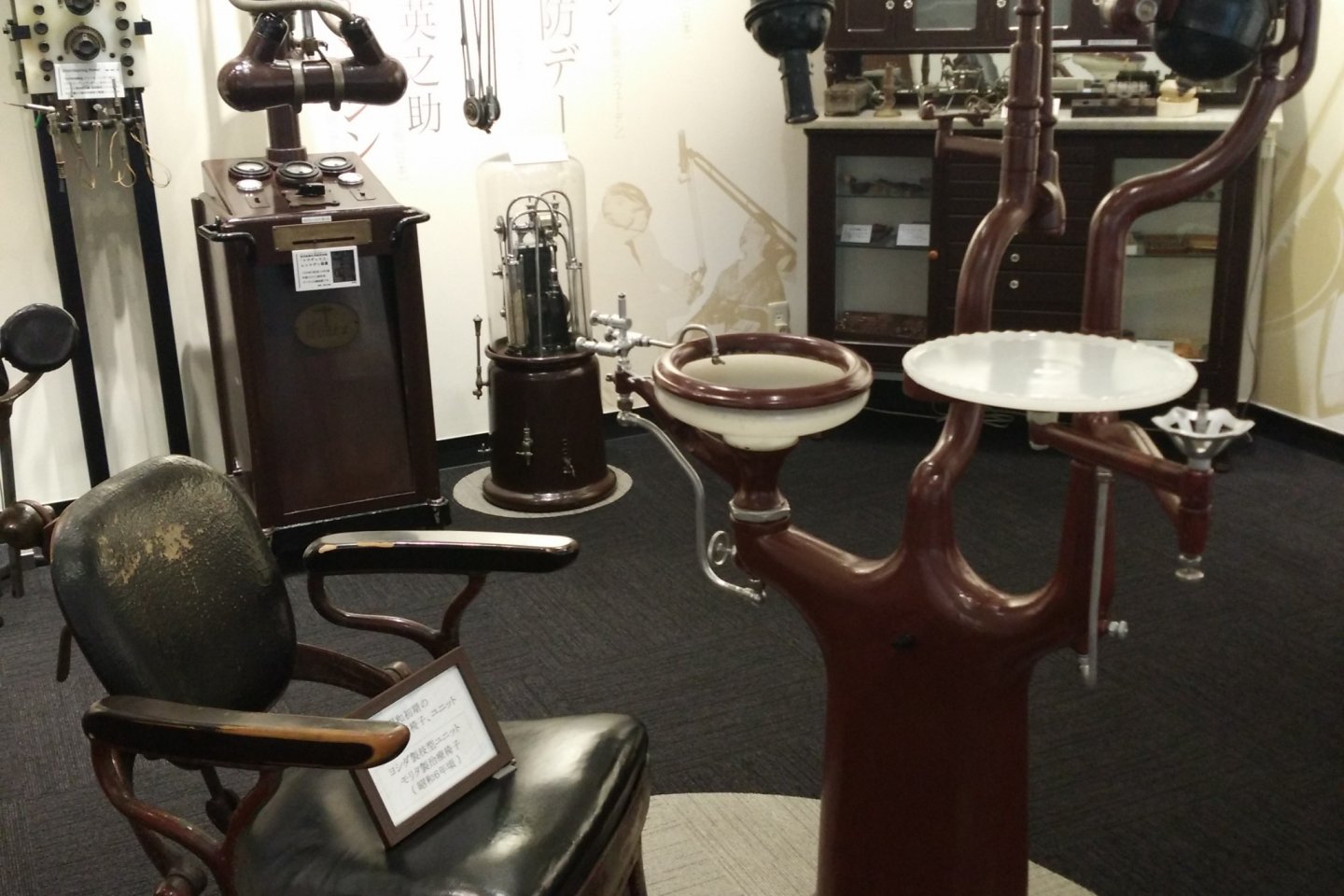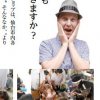The Aichi Dental Association Dental Museum is situated conveniently in the central area of Nagoya, north of the central park at Hisayaodori, one of the busiest streets in the city. It is just ten minute's walk south from Nagoya castle. Located on the ground floor of an office building, this dental museum is quite small, yet its exhibits are intriguing enough for you to spend some time here. Explanations are mostly in Japanese, but even for visitors who do not know the language, it is interesting to look at the old documents and Japanese interpretations from the past of facts concerning dental health.
Visitors first come across what could normally be seen in other dental museum or even in a modern-day dental clinic - the biological facts of our teeth. Props and diagrams explain the physical structure of teeth, their different features and how they work with other organs in the body to facilitate our daily activities. There are some interactive exhibits that give visitors hands-on experience to assist their understanding. Some animal skulls are placed along side these “human“ exhibits to show the similarities among mammals.
The exhibition becomes more interesting as you move further inside, with an increased focus on the history and related cultural phenomenon of dental care. Old records from dentists and their equipment are on display. You can't miss the dental chair with the spit sink and small working desk at the center of the room, which is still the prototype of dental chairs in modern dental clinics. On the wall, there is a chronology of related facts about teeth and dental care. It’s interesting to realize there were people filing their teeth as decorations and those who dyed their teeth black. Some of these facts are illustrated by the exhibits displayed below, among them old wooden toothbrushes and a whole set of tools for blackening teeth. Of special interest are two oversized teeth, in which intricate carvings are made. They reflect how people in the past interpreted the reasons for a toothache before any scientific explanation was able to enlighten them.
The museum is organized by the Aichi Dental Association. It is open on Sundays and holidays and is free for entry. While it's not the most popular attraction in Nagoya, this museum nonetheless deserves a visit along side other science museum and art museums in the city.




































